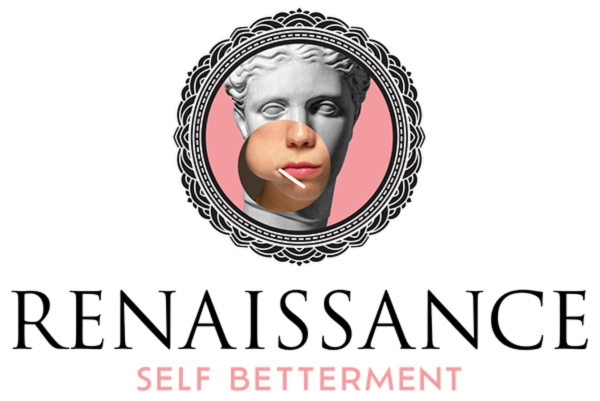COPING WITH SEASONAL AFFECTIVE DISORDER (SAD)
It’s that time of the year when the days get shorter. When the world seems to lose its lustre, and everything feels dull and grey. While it's completely normal to experience fluctuations in mood across various seasons, sometimes these changes go beyond a mild case of the winter blues. SAD is a type of depression that's linked to the changes in daylight patterns. And it can have a profound impact on the quality of life. But the good news is that there are several ways you can tackle this condition effectively. Here, we’ll discuss ways for you to recognize the symptoms, self-awareness and prevention tactics you can adopt, share tips to help you beat it on your own, and guidance for when you might need to seek medical help.
1: Recognising the symptoms
If you experience mood changes like sadness, irritability, lethargy, and increased appetite during the winter months, you may be experiencing SAD. Other hallmark symptoms of SAD include feeling hopeless, anxious or guilty, losing interest in activities you usually enjoy, and struggling to concentrate. SAD is especially common if you live in areas that have fewer daylight hours, and when you're working from home, you may find it hard to establish a clear boundary between work and home life, exacerbating your symptoms.
2: Self-awareness and prevention tactics
Being mindful of changes in your mood or routine is key to preventing SAD from affecting your mental health. Establish a routine for your day that includes getting exposure to natural sunlight, low-impact exercise, healthy eating, and adequate sleep. These lifestyle habits are all connected and can make a significant impact on your physical and emotional well-being. Regular exercise such as a morning walk, yoga, or other mind-body practices that elevate heart rate and the release of mini-endorphins can help alleviate the symptoms of depression.
3: Tips to help you beat it
Besides leading a healthy lifestyle, certain therapeutic counterparts like Cognitive Behavioural Therapy (CBT), mind-body therapy, and light therapy are useful in coping with SAD. Our CBT For Depression, Anxiety and Phobias Course can help you identify negative thoughts that arise with SAD and learn how to challenge them. Mind-Body therapy like meditation, yoga, breathing exercises, and progressive muscle relaxation can also help reduce symptoms like stress, anxiety, and fatigue. Light therapy uses specialised lamps or lightboxes that emit artificial light that mimics the natural daylight, treating SAD by altering the brain chemicals linked to mood.
4: When to seek medical help
Mild symptoms of SAD typically go away with self-help techniques. But if the symptoms are severe, persist for several months and are impacting your daily activities, then it's crucial for you to seek professional help. A therapist might recommend antidepressants, psychotherapy or refer to a psychiatric consultation. Antidepressants may contain compounds that regulate serotonin and norepinephrine, the two brain chemicals that affect mood. Psychotherapy can help you understand the emotions triggered during SAD and learn more effective coping mechanisms.
The conclusion:
Seasonal Affective Disorder can make winter more challenging than it already is. But it's not all doom and gloom. Remember that it's treatable. Especially when identified early. Keep in mind the self-care habits discussed in this blog. And if you're struggling to cope, don't hesitate to seek help from your doctor, a mental health professional, or support groups. There is no one-size-fits-all approach, and everyone's journey to wellness is different. With consistent efforts, time management, patience, and a positive mindset, you can overcome SAD and happily enjoy the long winter months ahead.

